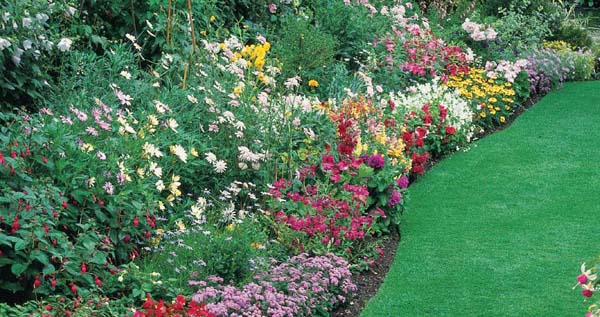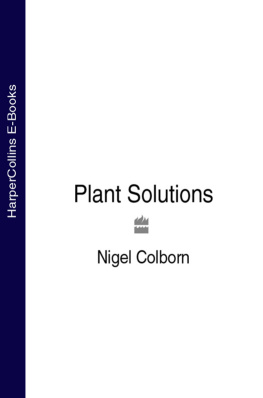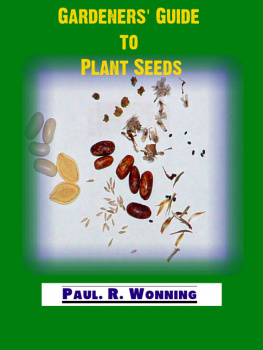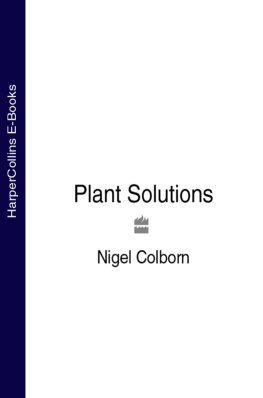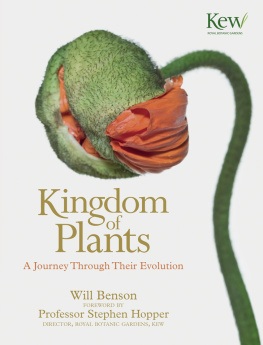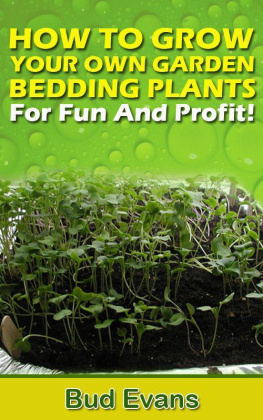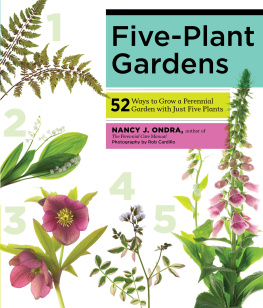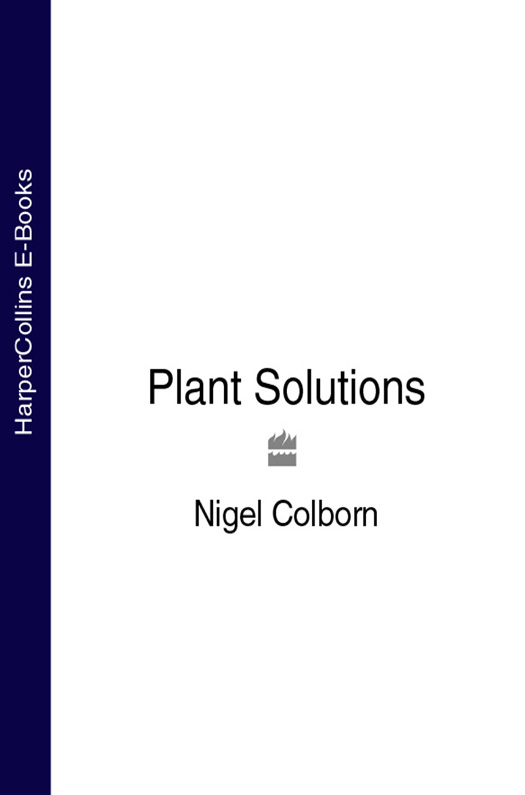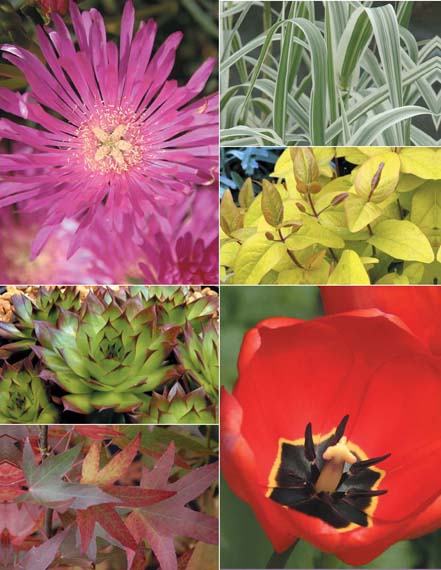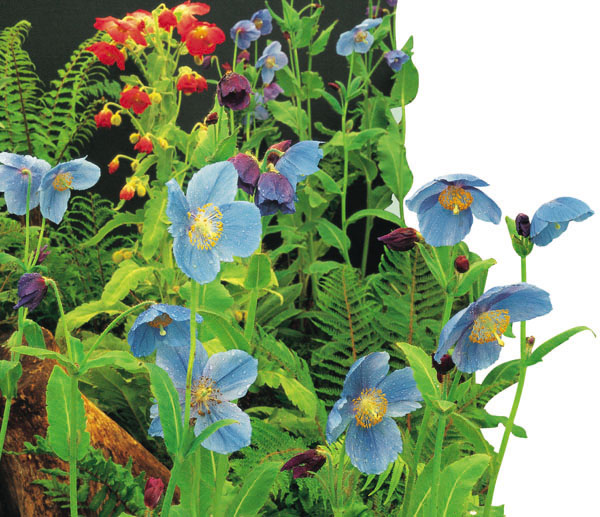How to Use This Book
The aim of this book is to stimulate planting ideas, rather than give prescriptive formulae. Feel free, therefore, to flick through the pages at random and alight on any plants that catch your eye. The main section of the book consists of the plant directory pages, categorised as shown in the contents table, with each group shrubs, annuals etc. further subdivided to offer selections for specific sites. Thus, if you are searching for a medium sized shrub that prefers partial sun, you will find a choice . Each plant entry gives essential details and a brief description, and lists suggestions for companion plants. Alternative varieties are also frequently mentioned.
Interspersed among the directory pages, you will find occasional spreads devoted to a specific plant group. Limited space allows these to represent but a tiny sample from such extensive genera as roses (). They are intended for use as a starting point, perhaps for a more detailed search elsewhere.
Examples of plant associations are also included, for example, , where a scheme with annuals is described and illustrated. Like the special spreads, these are intended as prompters for further ideas, rather than as specific recipes to which one must adhere.
Although the information given is as accurate as possible, it is important to bear in mind that plants can cope with a surprisingly wide range of conditions outside their recognized comfort zones. Species which are deemed tender, can often survive low night temperatures, certain wetland plants can be surprisingly drought tolerant and plants adapted to sunny conditions may thrive in shade. Heights and dimensions can vary, too, depending on growing conditions, so be experimental, when you plant, and prepare for some surprises!
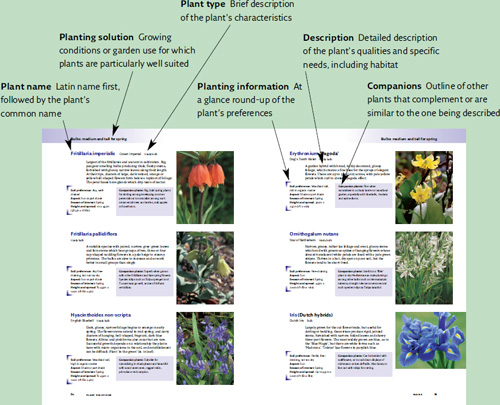
Choosing plants can be one of the greatest pleasures of gardening, but it can also give rise to the most agonising dilemmas. The number of species and varieties in cultivation is so vast and so varied that deciding which ones to select, for a particular planting scheme, is almost impossible. And as garden sizes reduce, in an increasingly urban world, that choice becomes ever more crucial.
Every part of every garden, regardless of design or style, presents its own special planting opportunities. Whether on a grand scale, such as in a big mixed border, or in a space so confined that only tiny plants will fit, there are decisions to be made, combinations to be composed and solutions to be found. Which perennial group will blend well in this partly shaded bed? What climbers would thrive on that sheltered wall? Is there a plant that can grow in that baking hot corner or that waterlogged bog? Didnt I even see a plant grown on nothing more than a house brick once? Every garden situation, regardless of prevailing conditions, presents a planting challenge and, for every challenge, there is a planting solution.
The purpose of this book is to serve as a launching pad for your own creative planting ideas. As many typical situations as possible have been included, with specific plant suggestions offered for each. Ample cross referencing and special sections on selected plant combinations help to develop design ideas further so that among the hundreds of individual plants mentioned in the following pages, you are bound to find inspiration to come up with the very best plant solutions for your own garden.
We assess the plants, not merely on their own merit, but as core elements of good garden design. Detailed planting recipes are not included, since these could influence or even cramp individual creativity, and cultural advice is kept to a minimum. However, once a number of potential plants has been identified for a specific site, your next step will be to develop that initial choice into a growing composition in which plants will not only thrive, but will also look beautiful together. And if such a composition works well, that beauty and interest becomes a dynamic art form which changes almost daily but sustains its constant allure, through each of the seasons.
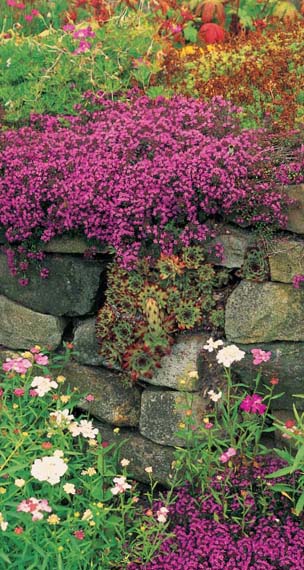
The choice of plants, for any garden situation, will be rich and varied, even if growing conditions are less than ideal.
Some Thoughts on Planting and Design
Garden design has recently experienced a stimulating revolution. In an age of growing prosperity since the mid 1990s, interest in private outdoor spaces increased sharply and by the turn of the century, gardens and gardening had entered a new era. Growth in hard landscaping burgeoned, with ever-expanding areas of paving, decking, gravel, terracing, walls and fancy fencing. Such colourful new materials as tumbled glass gravel, raw sheet copper or dyed sands were deployed, often in dramatic and mould-breaking styles. This brave new gardening world continues to develop and to evolve in all aspects of design bar one: creative planting.
Plants are a crucial element to almost all popular garden designs but their importance is often overlooked. Plant choice, even by able and experienced designers, is sometimes inappropriate, resulting in ill-composed schemes which go badly wrong, or worse, in plants that simply languish or die. Plant associations can be unsympathetic, either to the hard landscaping that surrounds them, or within the mix of chosen species. There are plant-minded designers, of course, many of whom develop original and creative planting schemes, but these are exceptions, and in the great bulk of new gardens, from major public spaces, to tiny urban oases, plants have tended to become misunderstood components.
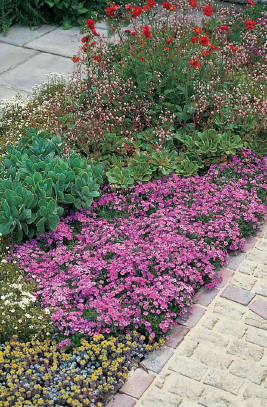
Creative planting schemes, with varied colours, textures and sizes, help to soften the harsh effect of hard landscaping.
